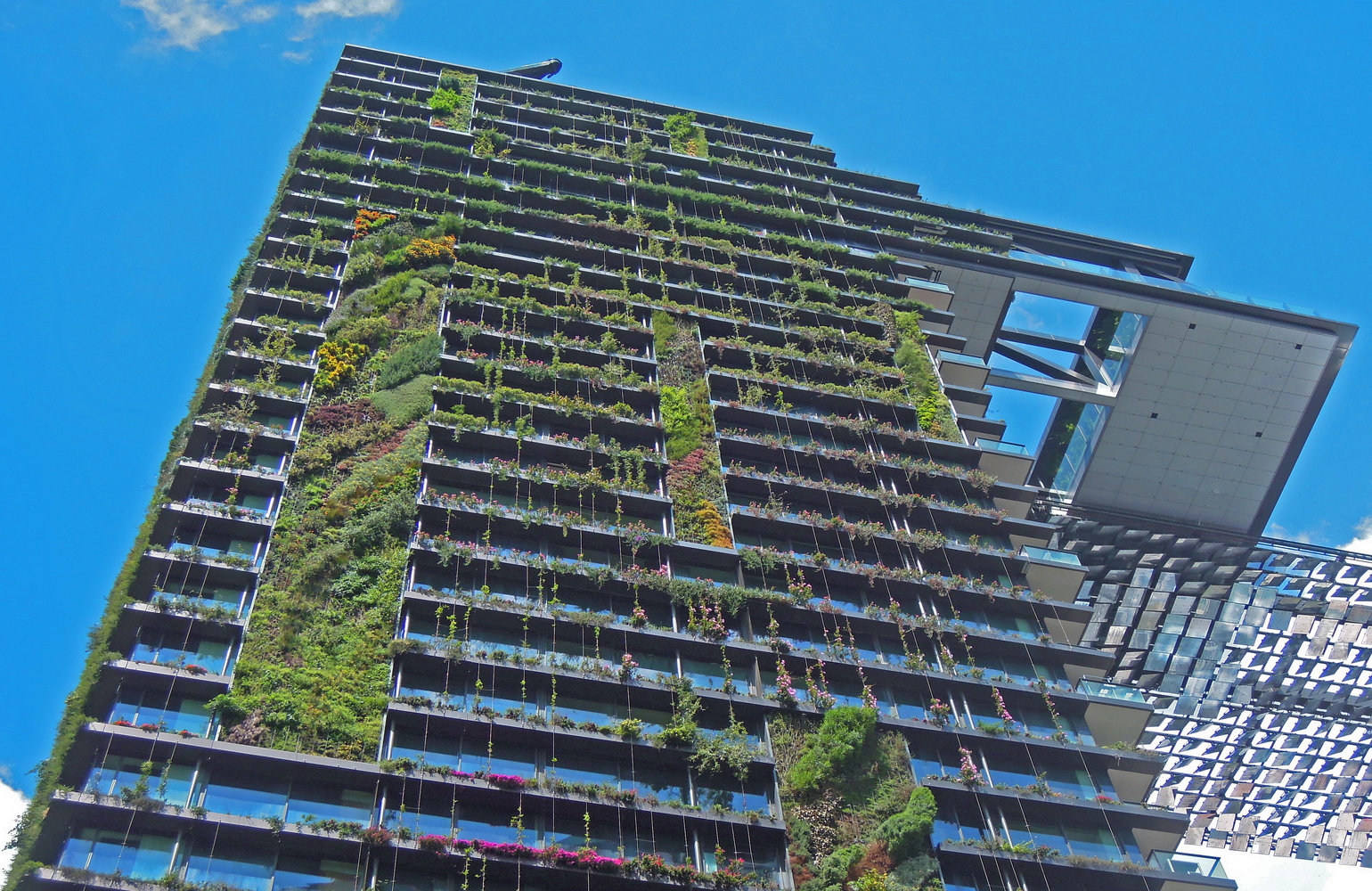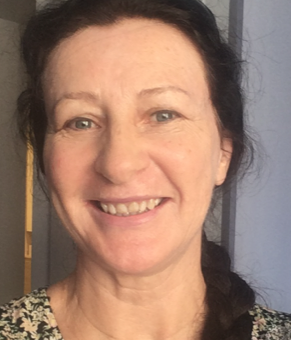Australia is playing an international role in sustainability standards and is one of the countries developing and delivering the world’s greenest buildings, say two industry groups.
The 2023 GRESB benchmark for sustainable real estate confirms Oceania – Australia, New Zealand, and Pacific nations – has been named the fastest growing region with a score of 91. Netherlands-based GRESB’s Development Benchmark assesses management and performance during the design and construction of new assets. This year it increased to 91, up from 88 the previous year while the global average is 83. Asia placed second behind Oceania, with a score of 86.
Green Building Council of Australia (GBCA) CEO, Davina Rooney, revealed 93% of Oceania participants have already established a net zero policy, followed by 78% in Asia and 77% in Europe, but Green Star rating is key.
“Green Star, which is used in both Australia and New Zealand, is doing the job it was designed to do. It is elevating expectations and challenging developers to design and deliver more sustainable buildings,” Ms Rooney said.
“We know sustainability must be embedded into every part of the property and construction industry. Australia’s leaders have played their role setting high sustainability standards and the rest of the market is now moving at speed. This is how we get sustainability at scale.”
The Property Council of Australia’s CEO, Mike Zorbas, backed this up saying the results show that Australia is playing an “international leadership role in building sustainability”.
“It is heartening and necessary that we remain in the front rank of global innovation and performance in creating sustainable cities,” he added.
GRESB assessed AU$11.32 trillion (US$7.2tn) of gross asset value across 169,173 assets, 4,323 of those assets in Oceania. Oceania’s 143 participating entities had a gross asset value of AU$635 billion (US$404 billion).
Image: The green walls of One Central Park in Sydney are the highest of their kind in the Southern Hemisphere. Photo: Patrick Blanc.


